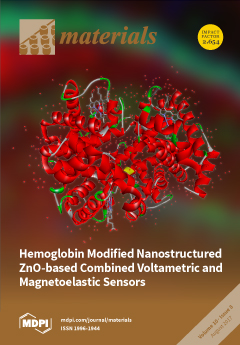1
Sezione di Microbiologia DISC-IRCCS San Martino-IST University of Genoa, 16132 Genoa, Italy
2
Research Unit on Implant Infections, Rizzoli Orthopaedic Institute, via di Barbiano 1/10, 40136 Bologna, Italy
3
Department of Experimental, Diagnostic and Specialty Medicine (DIMES), University of Bologna, Via San Giacomo 14, 40126 Bologna, Italy
4
National Institute for Agricultural and Veterinary Research (INIAV), I.P., Vairão, 4480 Vila do Conde, Portugal
5
Center for Study in Animal Science (CECA), ICETA, University of Oporto, 4051-401 Oporto, Portugal
6
Applied Biotechnology Research Center, Baqiyatallah University of Medical Sciences, Tehran 19395-5487, Iran
7
Department of Drug Sciences, Medicinal Chemistry and Pharmaceutical Technology Section, University of Pavia, 27100 Pavia, Italy
8
Health Research Center, Baqiyatallah University of Medical Sciences, Tehran 19395-5487, Iran
9
Department of Pharmacognosy, Faculty of Pharmacy, Gazi University, Etiler, Ankara 06330, Turkey
Abstract
p-Cymene [1-methyl-4-(1-methylethyl)-benzene] is a monoterpene found in over 100 plant species used for medicine and food purposes. It shows a range of biological activity including antioxidant, anti-inflammatory, antinociceptive, anxiolytic, anticancer and antimicrobial effects. This last property has been widely investigated due to the
[...] Read more.
p-Cymene [1-methyl-4-(1-methylethyl)-benzene] is a monoterpene found in over 100 plant species used for medicine and food purposes. It shows a range of biological activity including antioxidant, anti-inflammatory, antinociceptive, anxiolytic, anticancer and antimicrobial effects. This last property has been widely investigated due to the urgent need for new substances with antimicrobial properties, to be used to treat communicable diseases whose diffusion in developed countries has been facilitated by globalization and the evolution of antimicrobial resistance. This review summarizes available scientific data, as reported by the most recent studies describing the antimicrobial activity of p-cymene either alone, or as the main component of plant extracts, as well as addressing the mechanisms of action of cymenes as antimicrobial agents. While p-cymene is one of the major constituents of extracts and essential oils used in traditional medicines as antimicrobial agents, but considering the limited data on its in vivo efficacy and safety, further studies are required to reach a definitive recommendation on the use and beneficial effects of p-cymene in human healthcare and in biomedical applications as a promising candidate to functionalize biomaterials and nanomaterials.
Full article






